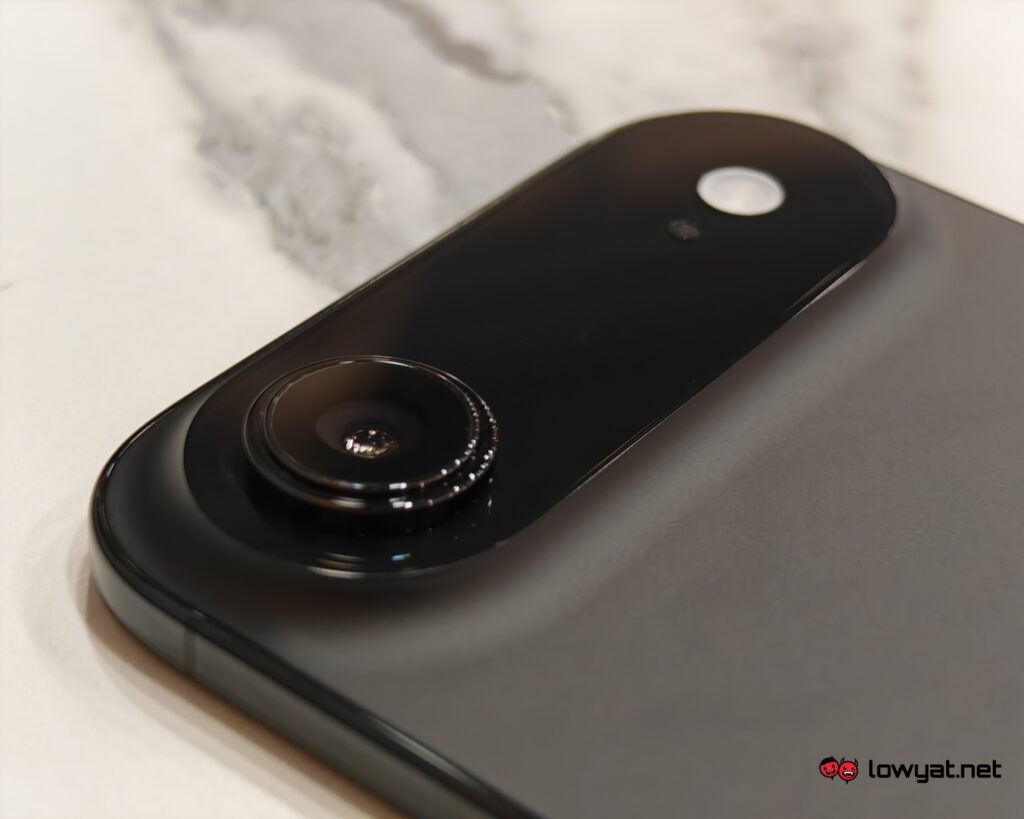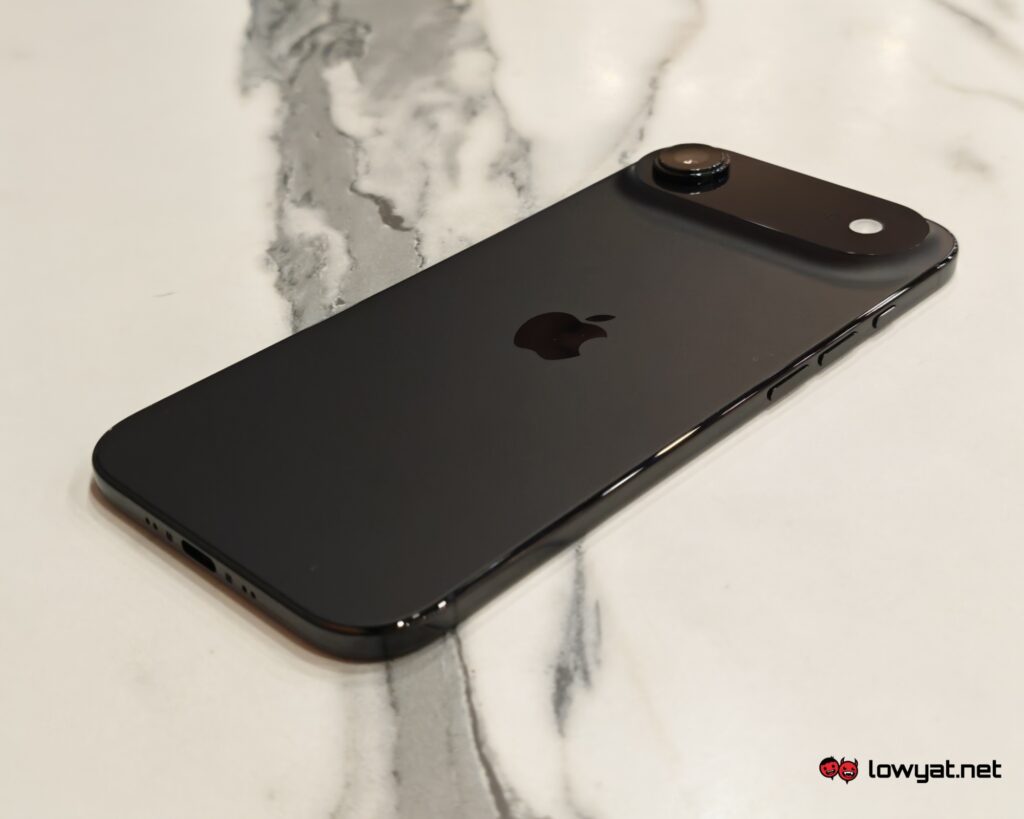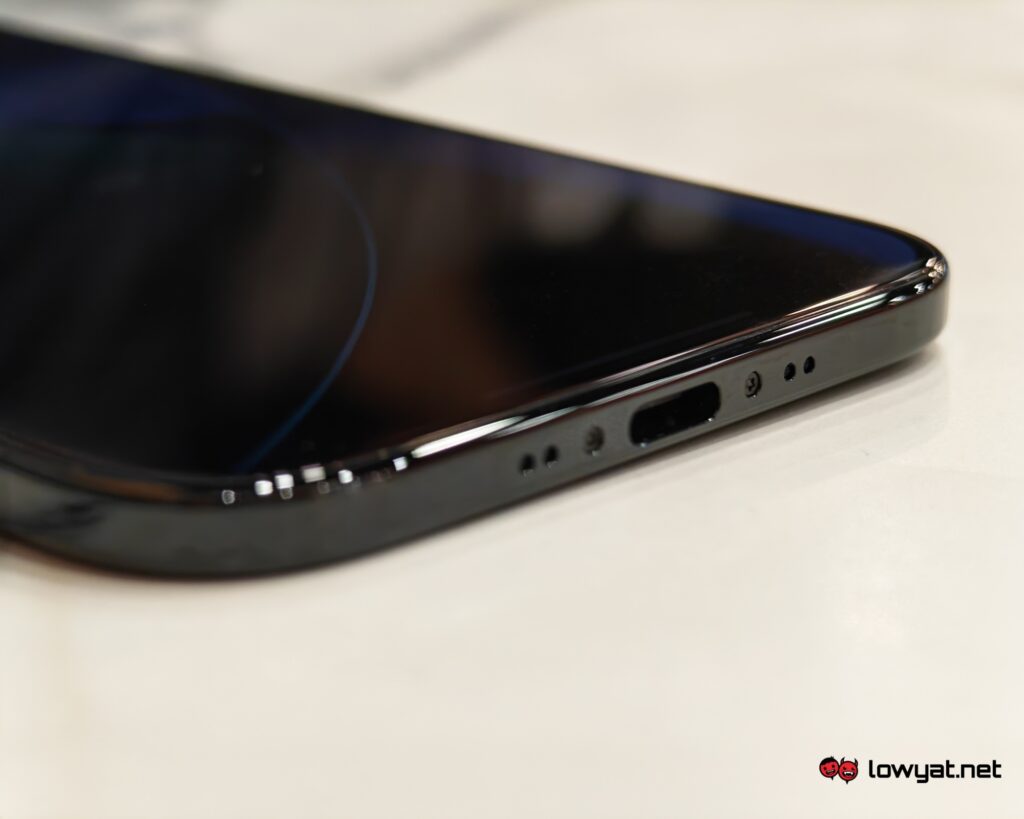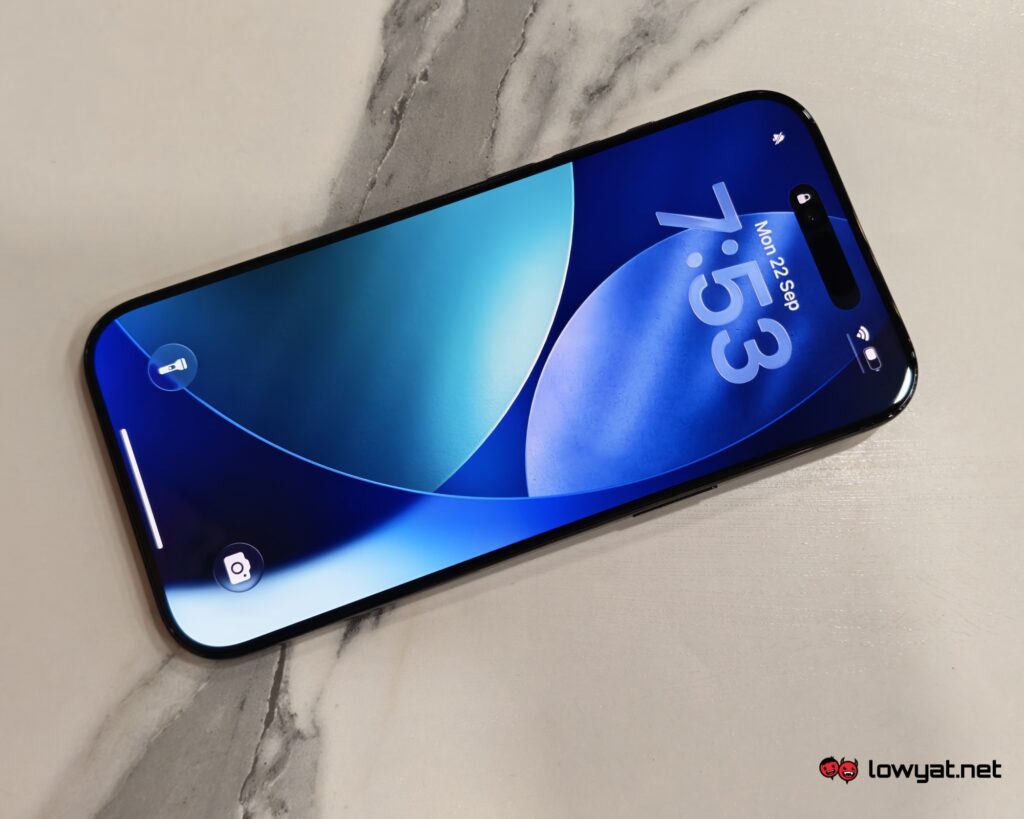This year’s crop of iPhones has arrived, which includes the usual base iPhone 17, as well as its Pro and Pro Max variants. Of course, not to be missed is the long-rumoured iPhone Air. This wafer-thin device has made its way into my hands, and so far, it’s shaping up to be an intriguing specimen.
To address the elephant in the room, yes, the phone is indeed incredibly thin. The official numbers say it measures 5.6mm, and I don’t doubt that figure. The device is only slightly thicker than a current-gen foldable in its unfolded state, which is undeniably impressive.
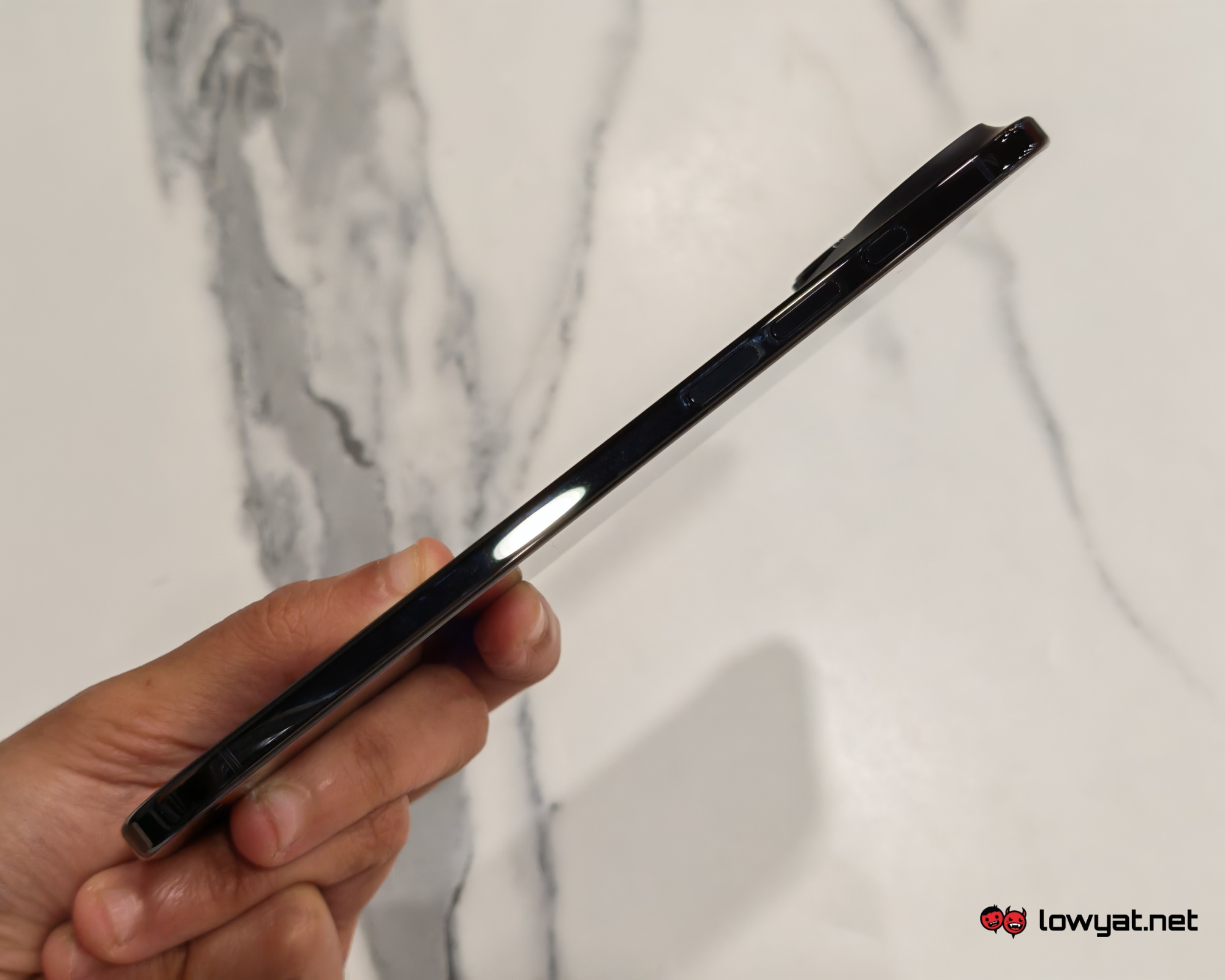 Or at least, it is until you remember all the phone’s guts have to go somewhere, and you turn your attention to the camera bump. Apple calls it a “plateau”, and in this model’s case houses a single sensor along with the flash. Aside from that, it’s where most of the device’s internals reside, according to the company. This plateau also protrudes quite a bit, but you can’t quite tell just from looking at it.
Or at least, it is until you remember all the phone’s guts have to go somewhere, and you turn your attention to the camera bump. Apple calls it a “plateau”, and in this model’s case houses a single sensor along with the flash. Aside from that, it’s where most of the device’s internals reside, according to the company. This plateau also protrudes quite a bit, but you can’t quite tell just from looking at it.
That single camera sticks out from the module, so not only is the iPhone Air top-heavy, but it also cannot be used on a flat surface without turning into a see-saw. Though to be fair, that can be said for a lot of smartphones these days, so this phone is not special in that regard. Most companies don’t count the camera modules when talking about the slimness of their devices, so I won’t either. The iPhone Air is extremely thin, full-stop.
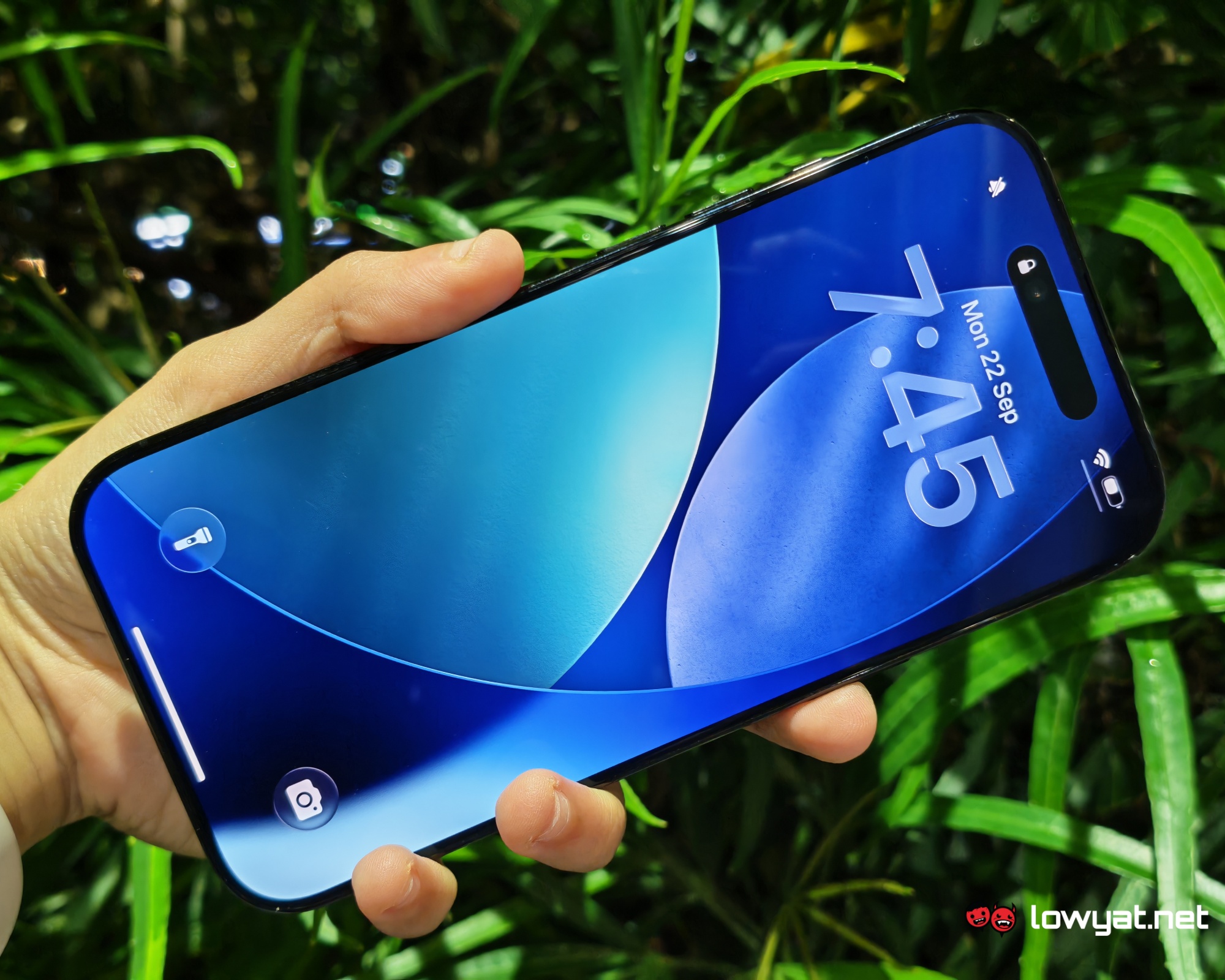 Of course, with how slender the device is, the burning question on most minds is whether it can be turned into a flip phone. On one hand, it certainly looks (and feels) like it would break if you do so much as to stare at it for too long. The “Air” moniker is pretty fitting here, as it almost feels like nothing in your hands.
Of course, with how slender the device is, the burning question on most minds is whether it can be turned into a flip phone. On one hand, it certainly looks (and feels) like it would break if you do so much as to stare at it for too long. The “Air” moniker is pretty fitting here, as it almost feels like nothing in your hands.
But while Apple may have inadvertently pioneered foldables in the past, the iPhone Fold won’t be arriving early. As far as bending goes, the iPhone Air is a lot sturdier than it looks. (Not that I’ve tried. My noodle arms aren’t up to the task.)
Most of the colour options for the iPhone Air are on the lighter end of the spectrum, which – again – fits the name. However, there is also the sleek Space Black model, which stands out among the rest. This is the version in my possession, and while it’s not a hue one would immediately associate the word “air” with, I don’t actually dislike it. It’s hard to go wrong with black. It’s elegant and charming, though if you slap on the MagSafe battery, the stark white slab will stick out like a sore thumb. It also adds a lot more dimension to the phone, but that’s a whole other ball of wax.
@lowyatnet Meet the iPhone Air. Despite launching alongside the iPhone 17 series, it is not itself a part of the series. It is the thinnest iPhone to date, and it also happens to be getting the most number of accessories made for it this year. iPhoneAir Apple ThinnestiPhone AppleMalaysia iPhoneAccessories
Overall, the iPhone Air is a contradictory creature. It stands out as the one to push the trend of slim devices to the extreme, but in practice it doesn’t seem all that different from any other phone. Especially once it’s fitted with its accessories. It’s light enough to feel like it should break with ease, but it’s also tough without being brittle. It’s hard not to find it amusing in a way. I’ll reserve the rest of my discoveries for the full review of the device, so stay tuned for that.


